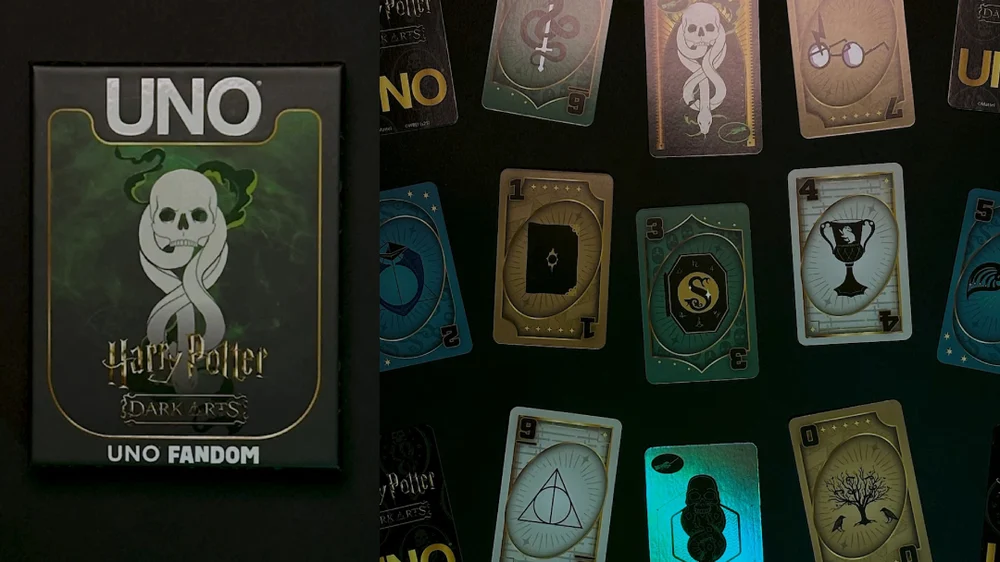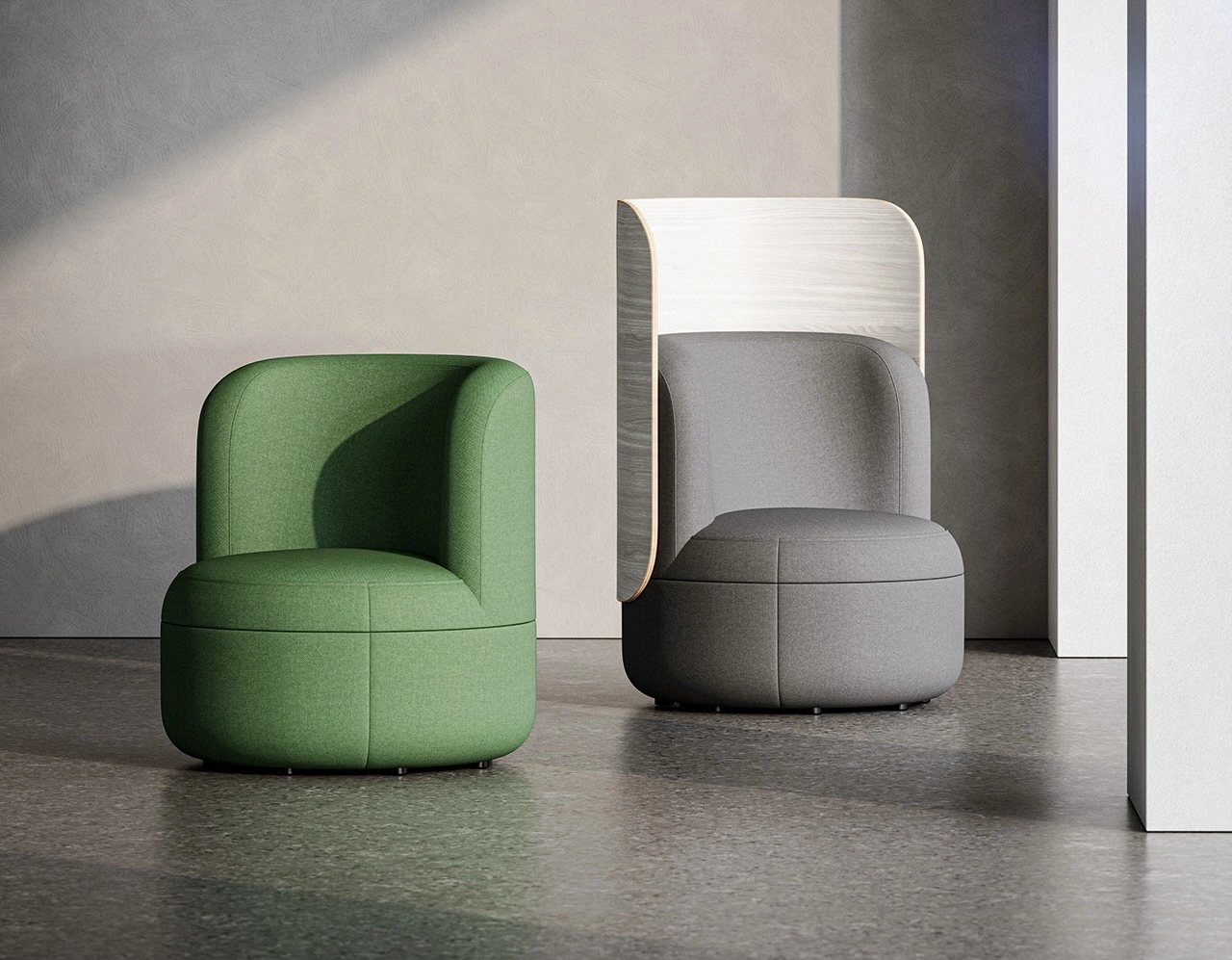A rare exhibition is offering art enthusiasts and scholars a unique glimpse into the intricate creative process behind Marc Chagall’s first stained-glass window in the United States. This display sheds light on the artist’s early sketches for the Good Samaritan window he designed for Union Church of Pocantico Hills, a small church in New York state. The significance of this work extends beyond its artistry, symbolizing a meaningful collaboration with the Rockefeller family and a deep tribute to the spirit of philanthropy.
A Memorial Commission Rooted in History
The story of Chagall’s involvement with Union Church begins with the legacy of one of America’s most influential families—the Rockefellers. Following the death of oil magnate and philanthropist John D. Rockefeller Jr. in 1960, his children sought a way to honor their father’s life and contributions. They turned to Union Church, the family’s spiritual home, which had long benefitted from the Rockefellers’ support.
The relationship between the Rockefellers and Union Church dates back decades. John D. Rockefeller Jr. had made a substantial donation of $10,000 towards the construction of its first building, solidifying a bond between the church and the family. In 1948, he commissioned Henri Matisse to create a rose window for the church in memory of his late wife, Abby Aldrich Rockefeller, further enriching the church’s artistic legacy. Now, with the passing of Rockefeller Jr., it was his children’s turn to add to the church’s collection of meaningful art.
They chose Marc Chagall, a celebrated artist known for his vivid use of color and dreamlike compositions. Chagall had recently completed a highly successful retrospective at the Museum of Modern Art, where his Jerusalem Windows, a series of stained-glass panels created for the Hadassah Medical Center synagogue in Jerusalem, were on display. Captivated by Chagall’s ability to weave spiritual narratives with a modern artistic sensibility, the Rockefellers knew he was the right artist to capture the essence of their father’s generosity and faith.
The Good Samaritan Window: Chagall’s Tribute to Philanthropy
Chagall’s first commission for Union Church, the Good Samaritan window, reflects the biblical parable of a man who helps a stranger in need, embodying the spirit of selflessness and compassion. The window’s narrative elements and jewel-toned colors align with the values of charity and benevolence that defined John D. Rockefeller Jr.’s life.
The vibrant stained-glass panel is a visual symphony of blues, reds, and greens, with intricate details that draw the viewer’s eye to the central figures of the Good Samaritan and the injured man. The scene radiates a luminous quality, transforming the biblical story into a modern allegory for the philanthropic efforts that the Rockefeller family has championed for generations.
What makes the current exhibition particularly compelling is its focus on Chagall’s initial sketches and conceptual drawings for the Good Samaritan window. These rare works on paper reveal the evolution of his ideas—from preliminary pencil sketches outlining the basic composition to richly colored drafts that highlight his thought process on color, movement, and symbolic motifs. They offer a rare opportunity to see the careful deliberation that went into crafting the final piece, showcasing Chagall’s genius for balancing storytelling with visual impact.
Impression
Following the success of the Good Samaritan window, Chagall went on to create eight additional stained-glass windows for Union Church, transforming it into the only church in the United States to feature such an extensive collection of his work. Each window presents a unique narrative, drawn from biblical stories and infused with Chagall’s signature style—dreamlike figures, fantastical animals, and ethereal landscapes.
Chagall’s use of stained glass, a medium that requires the artist to work with light as a material, added a new dimension to his artistic repertoire. The interplay of colored glass and natural sunlight in the church creates an ever-changing display that shifts with the time of day and the seasons, making each visit to Union Church a unique experience.
Beyond their aesthetic beauty, Chagall’s windows at Union Church represent a deep connection between the artist, the Rockefeller family, and the church community. His work stands as a testament to the power of art to bridge different cultures and eras, bringing together the European modernist tradition and American cultural heritage in a space that encourages reflection and inspiration.
The Exhibition: Celebrating Chagall’s Creative Journey
The current exhibition of Chagall’s sketches is more than just a display of rare artworks—it is a celebration of the artistic journey that led to one of the most significant contributions to American ecclesiastical art. Viewers are invited to trace Chagall’s process from initial concept to final masterpiece, gaining insight into the challenges and breakthroughs that defined his creative approach.
The show places particular emphasis on how Chagall experimented with form, color, and composition in his sketches. Early drawings reveal tentative lines and spontaneous strokes, as Chagall grappled with how best to convey the story’s emotional depth. Subsequent sketches show his increasing confidence, as he introduces vibrant washes of color and begins to refine the figures’ expressions and gestures.
The exhibition also features correspondence between Chagall and the Rockefeller family, providing a behind-the-scenes look at how the project came to fruition. Letters detailing Chagall’s thoughts on the design, his reverence for the Rockefeller legacy, and his commitment to creating a work that would resonate with future generations are on display, adding a personal dimension to the narrative.
The Lasting Impact of Chagall’s Work at Union Church
Marc Chagall’s stained-glass windows at Union Church are more than just artistic triumphs—they are cultural treasures that embody a unique blend of art, spirituality, and philanthropy. They reflect the Rockefeller family’s deep-rooted commitment to supporting the arts and honoring their loved ones through meaningful and lasting contributions.
Chagall’s work at Union Church continues to attract visitors from around the world, drawn not only by the beauty of his stained glass but also by the powerful stories they tell. This new exhibition, highlighting the sketches for his first American stained-glass window, deepens our appreciation for Chagall’s artistic legacy and the indelible mark he left on the Rockefeller family’s spiritual home.
As viewers stand before these delicate sketches, they are reminded of the painstaking thought and care that went into creating each line and curve—testaments to an artist’s dedication to transforming a vision into a radiant, lasting reality. Through his work, Chagall invites us all to see the world through the prism of light and color, where faith and art merge to inspire and uplift.
No comments yet.








